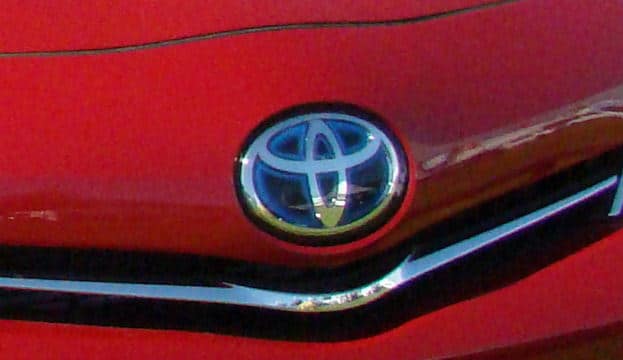After several decades where small cars served as a comic relief to the line-ups for several automotive brands, subcompact cars today are engineered with more dedicated intent. An important automotive product niche in North America, the subcompact vehicle category has presented new expectations to car buyers in the 21st century. Attempting to welcome younger buyers with a positive, entry-level showcase of a car company, the low cost vehicles are paramount to automotive brands despite it being the worse business model for companies. Lower priced vehicles offer little profit or had even been sold as a loss leader for automakers.
For over three decades, Toyota provided thrifty subcompact cars under the name Tercel, Echo and now Yaris to the United States as the entry-level product to their model line-up. By the summer of 2015, North American new car buyers will become acquainted to Toyota’s strikingly different method for marketing a vehicle on the continent. Toyota dealerships will have a subcompact based off the Mazda2.
Taking a departure from production patterns that saw almost all subcompact cars sold by Japanese based auto companies built in their homeland and exported to North America, Toyota’s upcoming 2015 car will be produced in a Mazda manufacturing plant currently under construction in Mexico. The Toyota and Mazda partnership in itself is a striking development that is starting to become a new trend. One notable example of a new norm for Toyota is the co-development with Subaru including the rear-wheel drive sports car line sold as the Scion FR-S, Subaru BRZ and the Toyota GT-86 in non-North American markets. Japanese automakers are continuing to search for cost-savings in light of the pricy development process for vehicles complicated by the Japanese Yen. In fact, vehicle development costs were cited as a reason that the sale of Suzuki automobiles is being suspended in the United States.
A smaller auto company compared to Toyota, Mazda’s had long relied on partnerships with other automakers. Mazda’s ties with Ford have been the more revealing. The relationship started in the 1970s when a Mazda-built compact truck called the Ford Courier was first sold. As Ford Motor Company acquired ownership interest in Mazda in 1979, a formal partnership was forged for the North American market. Allowing several vehicles to be jointly developed over several decades, the alliance ended in 2010. It‘s also an interesting tidbit that Mazda provided Kia Motors with the platforms for their very first automobiles in 1974.
Announced in 2011, shovels hit the grounds for the Mexican manufacturing plant located in the city of Salamanca in October. Initially dedicated to the assembly of future Mazda2 and Mazda3, the auto company forecasts 140,000 in yearly capacity once the facility is constructed. As Toyota enters the deal, their branded subcompact cars are expected to flow at a capacity of 50,000 vehicles annually. The Salamanca plant is set to start operations in late 2014 for Mazda vehicles with Toyota products added soon after.
Information source: Mazda Motor Corporation, Toyota Motor Corporation
Photo source: Chris Nagy


